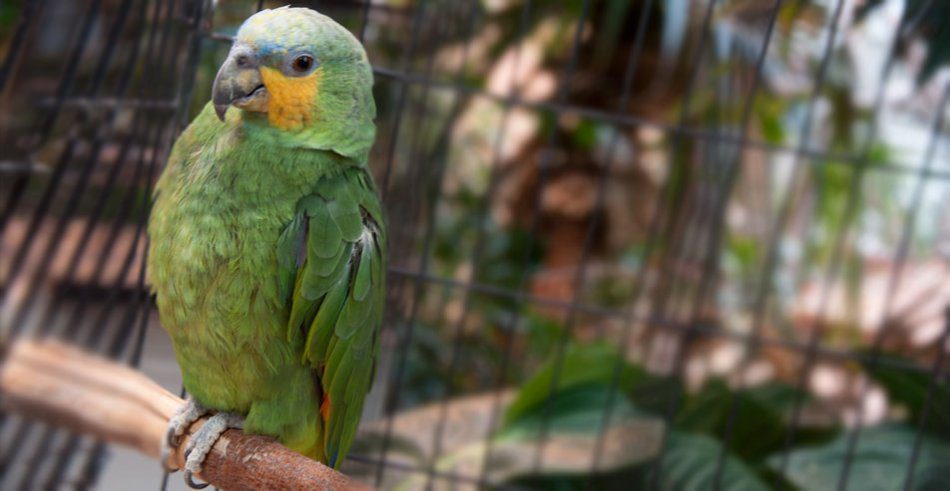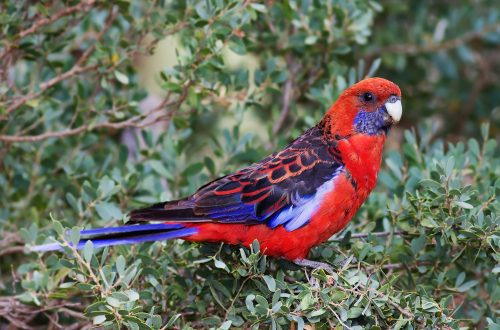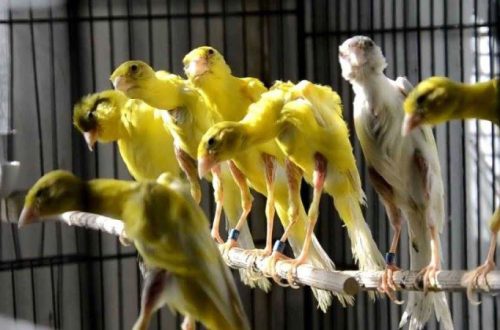
Amazons
Contents
Order | Parrots |
family | Parrots |
Race | Amazons |
APPEARANCE
The body length of the Amazon is 30 – 45 cm. These parrots have a dense physique, the length of the wings is moderate. The beak is rounded, strong. The tail is rounded, not too long, so Amazons are classified as short-tailed parrots. The plumage of most Amazons is green. But some species flaunt bright spots on their wings, tail, head or neck. It is the differences in color that make it possible to distinguish Amazons by species. Color markings can be yellow, blue, blue or red. Amazons adapt quite easily to life next to a person. If you decide to have such a parrot as a pet, it is better to choose a yellow-headed, white-headed, Venezuelan Amazon or Muller’s Amazon. The life expectancy of Amazons is up to 60 years. Although there is evidence that some birds lived up to 70 years.
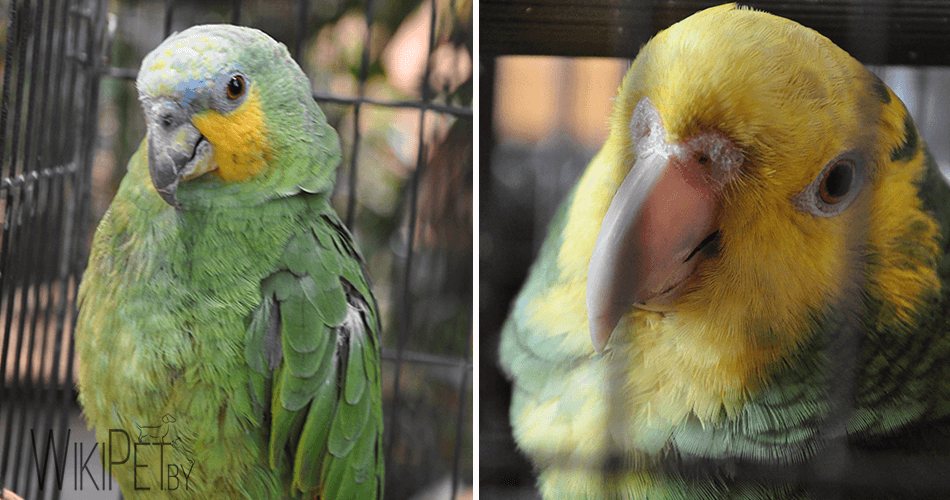
HABITAT AND LIFE IN NATURE
Amazons mainly inhabit the Antilles, as well as South and Central America. The Amazon genus includes about 28 different species, some of which can be seen more often on the pages of the International Red Book than in the wild. Amazons are quite gullible birds, even in the wild . Sometimes they form flocks, but more often they are kept in small families. During the mating season, these parrots break into pairs.
KEEPING IN HOME
Character and temperament
Amazons have a rather peculiar character. Although they are prone to mood swings, many hobbyists prefer to keep these birds at home – for their trusting disposition and many talents. Amazons have a phenomenal memory. They are able to learn more than 100 words and phrases that they actively use. These parrots have musical abilities and often imitate musical instruments, reproduce musical tones. The Amazon can be taught circus tricks, and this bird, without suffering from excessive shyness, will willingly demonstrate the skills of any audience, unlike, for example, more incredulous Jacos. However, please note that Amazons are quite noisy birds, as they are natural screamers. They are especially active in the mornings and evenings. Therefore, before starting them, think about whether you will have problems with households and neighbors.
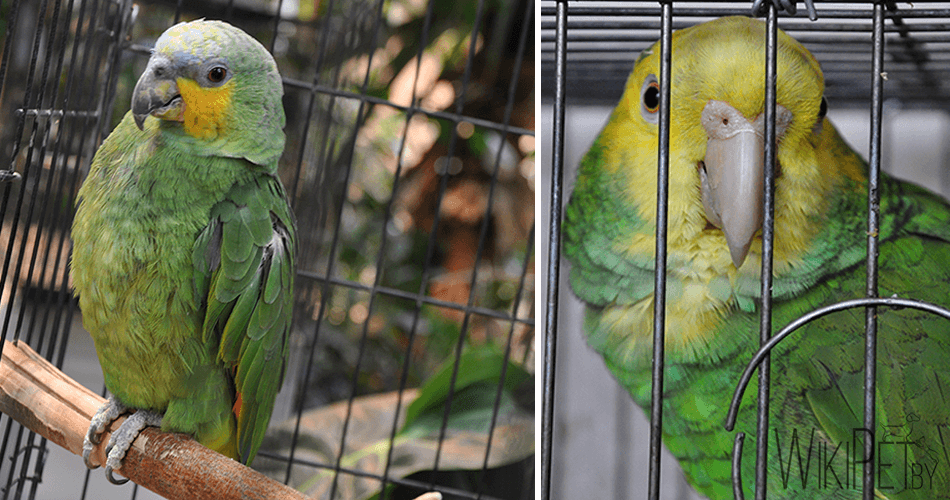
Maintenance and care
The cage for the Amazon should be quite spacious, at least 1×1 m, metal. But an aviary is ideal for these birds, because they are quite mobile and should be able to fly. There should be a secluded place in the cage or aviary where the bird can hide if desired. Amazon needs a variety of toys. You can’t do without a bathing suit – these parrots are very fond of water procedures. You can spray your feathered friend with a spray bottle. The Amazon is an arboreal bird that rarely descends to the ground, so the feeder should not be at the bottom of the cage. Clean the feeder and drinker every day. Disinfect the cage weekly, the aviary monthly. The floor in the aviary is cleaned twice a week, the bottom of the cage – daily. Amazons are thermophilic, so the air temperature in the room should be maintained at 22 – 27 degrees. 19 degrees is a critical minimum. Sudden temperature changes and drafts are unacceptable. Amazons do not tolerate dry air. Humidity should be 60 – 90%. If it drops below, use a humidifier.
Feeding
60 – 70% of the Amazon’s diet is grain mixtures. You can give walnuts, as well as peanuts. Amazons are very fond of vegetables, berries and fruits (bananas, pears, apples, raspberries, blueberries, mountain ash, peaches, cherries, carrots, cucumbers or persimmons). Citrus fruits can be given, but only sweet, in small pieces and very little. Breadcrumbs, fresh Chinese cabbage, porridge, hard-boiled eggs and dandelion leaves are given a little bit. Give fresh branches of fruit trees as often as possible. They contain the necessary vitamins and minerals. Water should always be clean and fresh. Adult birds are fed twice a day.



